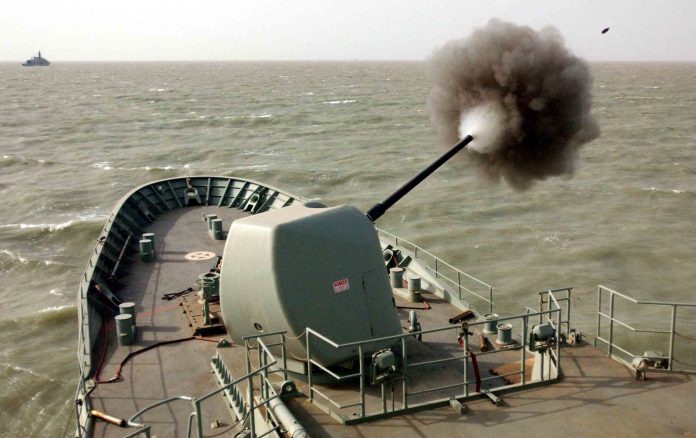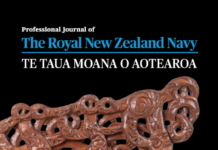
Australian Naval Capabilities in the Littoral: Past, Present and into the Future
By Jennifer Parker & Peter Jones
Abstract
Littoral operations are complex, and arguably represent the most challenging area of operation for navies. Historically a significant portion of naval operations are conducted in littoral waters. This has been the case for the Royal Australian Navy (RAN) with many of its operations in the coastal and archipelagic waters in the South-West Pacific and the Western Pacific rim. The Australian Defence Strategic Review (DSR) implicitly reinforces this geo-political reality. The unique challenges of the littoral environment can constrain naval forces and increase their vulnerability to ever more lethal offensive capabilities such as land-based maritime strike, uncrewed surface vessels, uncrewed underwater vessels and uncrewed aerial vehicles. Littoral operations not only demand a high level of Combined and Joint interoperability, but particularly within Australia’s littoral regions, they require an integrated force. This paper considers the nature and challenges of historic, present and future RAN littoral operations and what that means for Australian naval capability. It also draws out key themes in the RAN’s littoral experiences.
Introduction
Why do littoral regions of the world matter? Statistics paint the picture. The majority of the 193 United Nations (UN) member countries are coastal states, and at least 70% of the global population live within 150km of the coast.[i] For Australia, and its Southeast Asian and Pacific neighbours, the importance of the littoral is even more evident with the majority of populations living in vicinity of the coast.[ii] Not only does the population density data highlight that our region is one where littorals matter, but the physical geography of Australia’s north also makes this plainly evident. Should the Australian Defence Force (ADF) be required to operate to its north, in Southeast Asia, as Part 1 of this paper highlights it has been called upon to do numerous times before in peace, competition and conflict, then littoral operations will be key.
Littoral operations are central to the execution of the vast spectrum of operations to Australia’s north. The importance of littoral operations to Australia’s regional maritime environment highlights the need to consider what is the ‘littoral’ and what are ‘littoral operations’.
The littoral is an area that all mariners and military strategists have a sense of but cannot always clearly define. It is important to start with a few definitions before any discussion of present-day and future littoral operations. The physical and conceptual area of the littoral arena fundamentally impacts the challenges that permeate through littoral operations and the likely capability and conceptual development that will evolve the nature of these operations. There have been numerous attempts at defining the littoral both geographically and conceptually. The US Department of Defense (DOD) defines the littoral as comprising:
‘Two segments of the battlespace: 1. Seaward: the area from the open ocean to the shore, which must be controlled to support operations ashore. 2. The landward: The area inland from the shore that can be supported and defended directly from the sea’.[iii]
For its part, the RAN defines the littoral as ‘the areas to seaward of the coast which are susceptible to influence or support from the land and the areas inland from the coast which are susceptible to the influence or support from the sea.’[iv] This definition goes on to warn that ‘Platforms, systems and operating procedures that are configured for one condition may not be well suited for another.’[v]
To elaborate, proximity to land can degrade radars, while shallow water can have a similar effect on acoustic sensors. These operations also generally involve more complex interoperability with own air and land forces, and at times integration with civilian agencies. These challenges demand tailored doctrine and procedures as well as weapons and sensors suitable for littoral operations. Central to understanding the future of RAN littoral operations, is understanding its operational history in this battlespace.
The RAN has long conducted littoral operations. Indeed, it’s very first action in the early months of World War I was a joint and combined littoral operation in the Pacific. The DSR in 2023 has included littoral operations as an integral part of the ADF’s strategy, and sought to reshape elements of the ADF to be more effective in this area of operations, particularly through the acquisition of land-based maritime strike for the Australian Army and the acquisition of vessels designed for littoral manoeuvre.
[ii] Ibid 27.
[iii] United States Department of Defence, Joint Maritime Operations: Joint Publication 3-32, x.
[iv] Royal Australian Navy, Australian Maritime Doctrine, Canberra, Sea Power Centre Australia, 2010, 11.
[v] Ibid.

